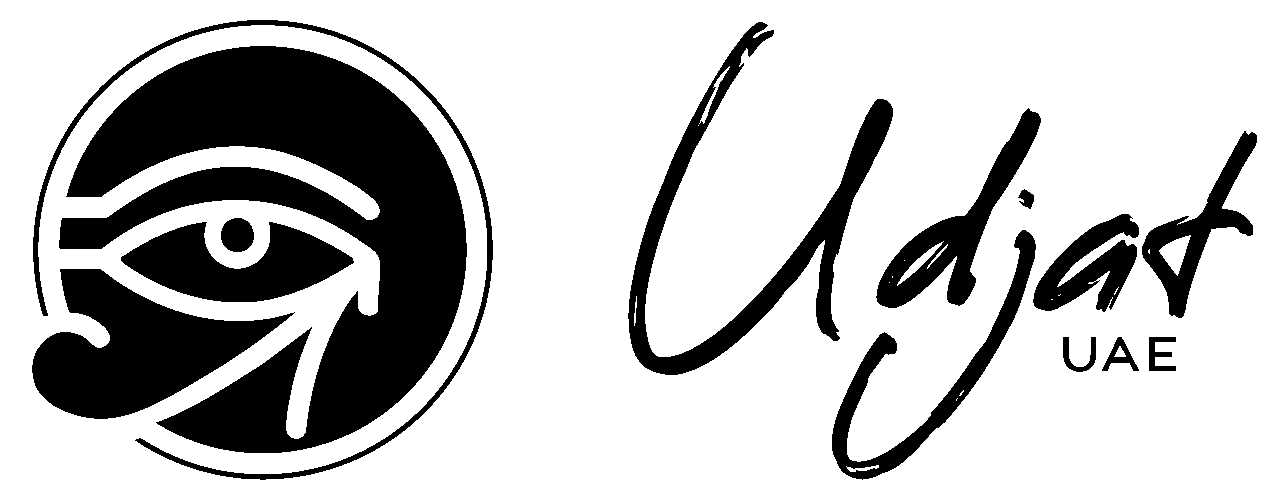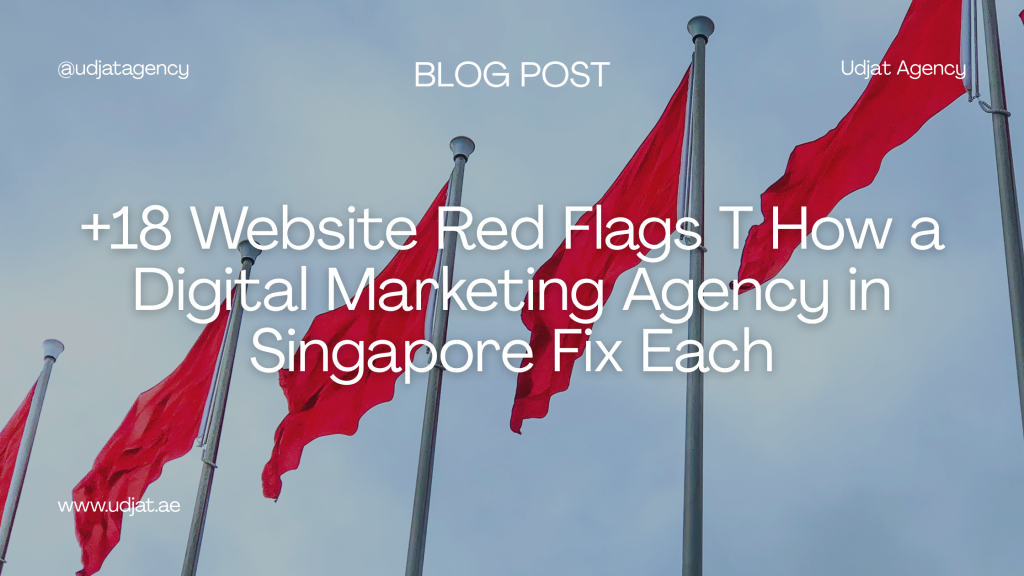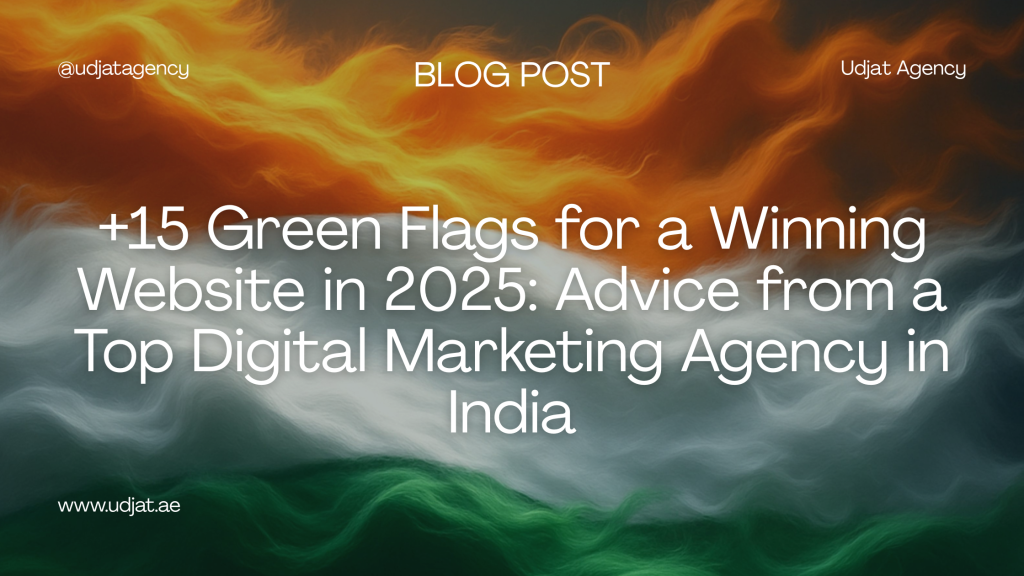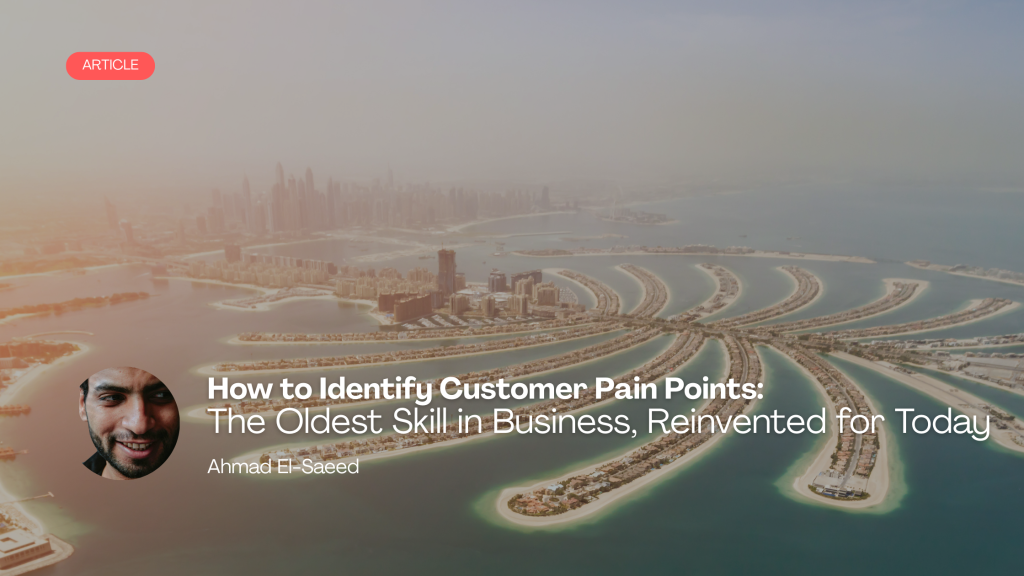Getting attribution right can make a real difference for your store. “ad agencies in UAE help business owners pick the best model, so you see where your money goes and what drives results. Here’s your straightforward guide.
Last Click Attribution
Start with the basics. If the last ad a shopper clicks is on Instagram, that’s what gets the credit. Most ad agencies in UAE use this model because it’s simple and tracks conversions fast. The real win: it’s good for quick campaigns, but misses the journey. For ecommerce, Multi-Touch Attribution can map more of the path.
First Click Attribution
Focus on beginnings. When the first click happens on a Google ad, that ad gets all the praise. Ad agencies in UAE set up tools so brands spot what draws customers first. This helps with awareness. Still, deeper journeys often need more than this—like Time Decay or Position-Based Attribution.
Linear Attribution
Share the spotlight. Every ad, email, or post in the journey gets equal credit. With ad agencies in UAE, you set clear tracking: if shoppers see an email, a Facebook post, and an ad, each matters. This is fair for brands with longer buying cycles. If you want more precision, Data-Driven Attribution is the next step.
Time Decay Attribution
Recent steps matter most. Here, ads closer to the buy time get bigger shares of the credit. Ad agencies in UAE use Time Decay where speed counts. For launches or flash sales, it rules. Weighted Attribution is another option when journeys stretch out.
Position-Based Attribution (U-Shaped)
Split the difference. Both first and last interactions get bigger shares—maybe emails get a bit too. With ad agencies in UAE, businesses see which ads start and finish journeys. This helps brands focus on what opens and closes deals. Multi-Touch works well when paths are complex.
Custom Attribution
Rules for you. Some brands want to decide who gets the nod, based on real business logic. Ad agencies in UAE listen, then set up the math to match. For unique businesses, it’s ideal. But, gathering enough data takes time. Data-Driven Attribution is an alternative for those who want machine learning.
Algorithmic Attribution
Let smart systems sort it out. With ad agencies in UAE managing the data load, algorithms show which ads matter most. Studies show advertisers see costs drop and sales grow using this method. The catch is needing plenty of data and budget.
Data-Driven Attribution
Think machine learning. Ad agencies in UAE build these custom models to fit your store’s history and real buyer actions. As you grow, your model learns too. For brands with hundreds or thousands of daily visitors, it means smarter spends and higher returns.
Full Path Attribution
Track every step. From seeing your Instagram post to checking an email, nothing is missed. Ad agencies in UAE piece together every link, showing which actions shape sales. Good for stores with complex sales cycles. For faster paths, Multi-Touch Attribution works fine.
View-Through Attribution
Just seeing matters. If a shopper views, but doesn’t click, an ad agencies in UAE platform tracks that. Even without clicks, brand awareness grows. It’s proven by industry stats that viewable ads lift recall rates a lot. If you want only action, stick to click-based models.
Multi-Touch Attribution
Follow every move. Ad agencies in UAE make sure every point is counted—email, social, search, video. You get true credit across the journey. Most businesses report higher conversion rates with this model. For less detail, try Linear Attribution.
Offline Attribution
Not everything happens online. Buying from a store, calling, or picking up a product counts too. Ad agencies in UAE link your POS or phone data to your marketing. It bridges real and digital worlds. For ecommerce-only brands, focus on online paths.
Weighted Attribution
Your input matters. You give more credit to steps you think count—maybe 50% for email, 30% for paid ads, 20% for blogs. Ad agencies in UAE help you set it up, changing anytime your focus shifts. For hands-off solutions, Data-Driven models work.
Interaction Attribution
Key actions lead the way. Downloads, chats, and video views help buyers decide. Ad agencies in UAE use Interaction Attribution to map out these moves. It’s great for stores that offer guides or demos. Position-Based Attribution helps if you want start/end focus too.
Single-Touch Attribution
Pick one spot. Maybe you know your Facebook ads always convert, so you tell ad agencies in UAE to watch only that. Simple for small brands. Bigger shops often see more returns with Multi-Touch or Data-Driven methods.
Last Non-Direct Click Attribution
Look before direct visits. If your shopper comes through Google, then types your URL and buys, ad agencies in UAE make sure Google gets that credit. It’s good for paid search tracking. Linear Attribution shows equal credit along the journey too.
First and Last Click Combined Attribution
Mix the start and end. Both get equal importance using ad agencies in UAE tracking. Smart for shops wanting to balance discovery and final action. Custom models allow other steps to count as well, as your needs change.
Final Thoughts
Choosing your attribution model is a personal business decision. When you work with ad agencies in UAE, they help you see the real value in each step, improve your outcomes, and avoid wasted spending. The key: matching your goals, sales cycles, and real shopper actions. This guide gives you clear choices for practical, modern ecommerce. As you grow, your data will point to the right path with ad agencies in UAE by your side at every turn.






